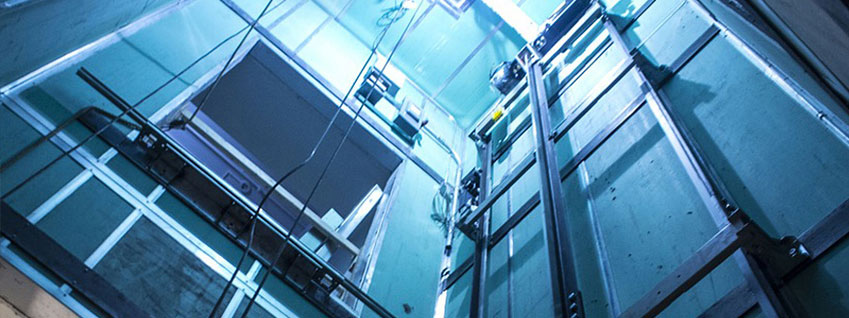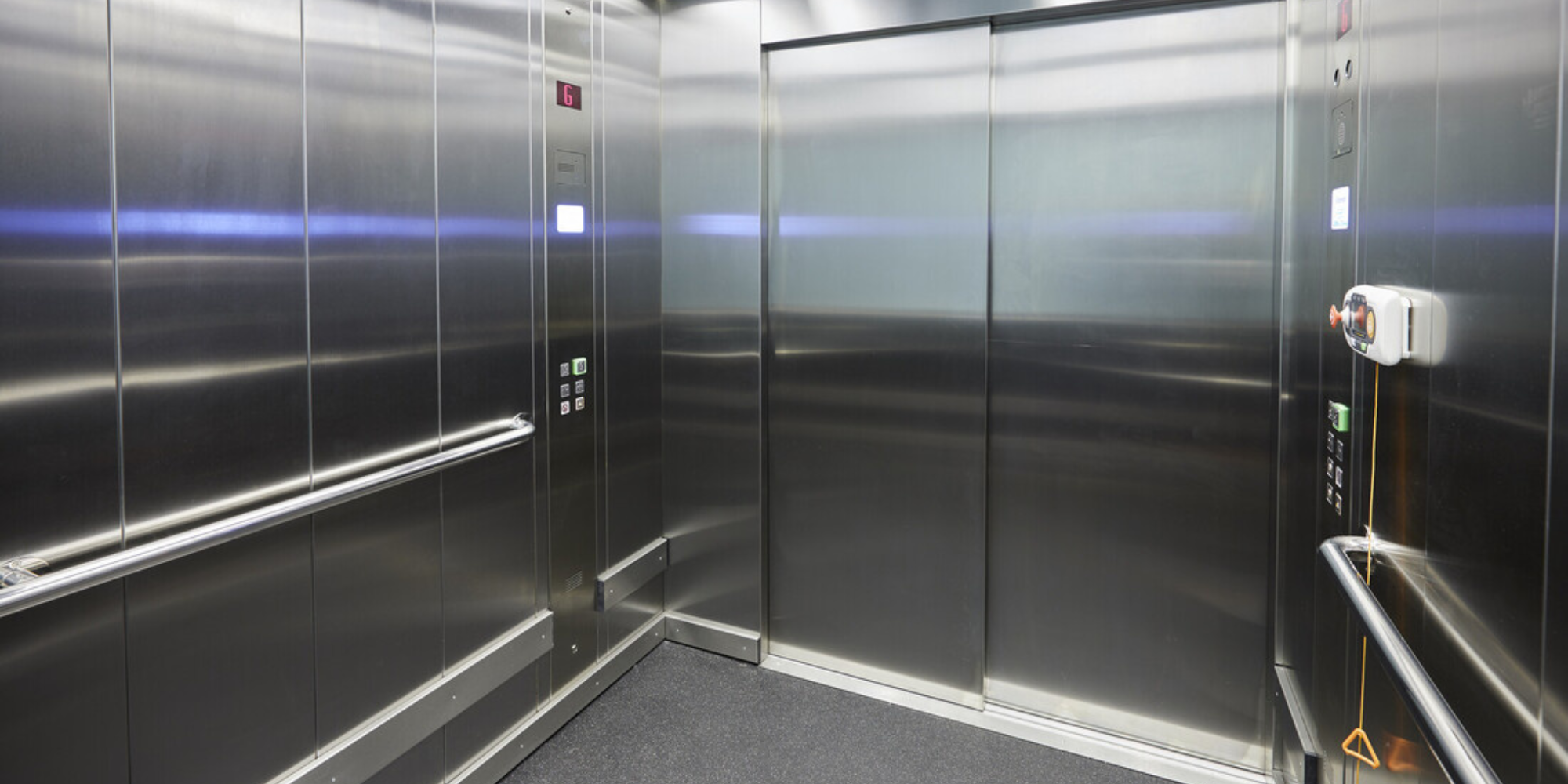Compare Disabled Platform Lifts Prices UK: Affordable Options for each Requirement
Compare Disabled Platform Lifts Prices UK: Affordable Options for each Requirement
Blog Article
Delving Into the World of Lifts: Typical Problems Faced by Different Lift Systems
As we browse via the upright transportation systems of contemporary buildings, lifts stand out as a vital component of our everyday lives. From hydraulic lifts to grip systems and machine-room-less designs, each lift kind comes with its set of usual issues.
Hydraulic Lifts
Hydraulic lifts, often liked for low-rise buildings, make use of fluid stress to regulate the motion of the elevator vehicle (lift repair companies). This mechanism includes a hydraulic pump pushing oil into a cylinder, creating the elevator to move in the desired direction. While hydraulic lifts are understood for their smooth and quiet operation, they do include their own set of typical problems
One prevalent issue with hydraulic elevators is oil leak. The seals in the hydraulic system can wear in time, bring about oil seepage. This not only produces a mess however can additionally influence the lift's efficiency if left unaddressed. Furthermore, problems with the control system, such as damaged valves or a malfunctioning pump, can cause disturbances in the lift's motion.
Regular upkeep and timely repair work are vital to make sure the smooth performance of hydraulic elevators. By dealing with these typical problems proactively, building proprietors can reduce downtime and guarantee the safety and security and efficiency of their upright transport system.
Traction Elevators
When thinking about vertical transport systems in structures, one more common kind apart from hydraulic lifts is the grip elevator. Grip elevators run utilizing a system of ropes and counterweights that relocate the elevator cars and truck by grasping onto the hoist ropes. This mechanism allows for smoother and much faster upright transport compared to hydraulic systems.
Among the usual issues encountered by traction lifts is rope wear. The constant motion of the ropes within the traction system can cause tear and put on in time, possibly causing the lift to malfunction or come to be dangerous for use. Normal assessments and maintenance of the ropes are vital to ensure the lift's appropriate performance and security.
One more issue that grip elevators may run into is associated with the control system. Issues with the control system can lead to issues such as irregular motion, delays in reaction times, and even total shutdowns. Normal screening and maintenance of the control system are critical to stop such issues and make sure the lift's dependability.
Machine-Room-Less (MRL) Lifts

Among the essential parts of MRL elevators is the portable gearless traction device that is installed within the hoistway. This equipment effectively drives the lift auto without the requirement for bulky devices discovered in standard traction lifts. Additionally, MRL lifts normally use a weight system to balance the auto, additional enhancing their energy efficiency.
Despite their advantages, MRL lifts might deal with difficulties connected to repair and maintenance because of the constrained room for equipment setup. Availability for servicing parts within the shaft can be limited, requiring specialized training for professionals. Correct upkeep routines and normal inspections are resource important to make certain the ongoing smooth procedure of MRL lifts.
Overloading and Weight Limit Issues
Are elevators furnished to take care of excess weight lots successfully and securely? Straining and weight limit issues are crucial issues in lift procedures. Lift makers style raises with certain weight abilities to ensure passenger security and devices durability. Surpassing these weight limitations can cause different issues, including mechanical failures, hold-ups, and safety and security threats.
When lifts are overloaded, it places too much stress on the motor, wires, and various other elements, potentially creating breakdowns or malfunctions. If they discover excess weight, safety devices such as why not try here sensors and overload sensing units are in location to prevent lifts from moving. Furthermore, exceeding weight restrictions can cause increased power consumption and deterioration on the elevator system.
To alleviate overloading problems, building supervisors should plainly display weight limitations in lifts and inform owners on the significance of sticking to these limitations - lift repair companies. Regular maintenance checks by certified professionals can also assist ensure that elevators are running within risk-free weight parameters. By attending to overloading and weight restriction issues proactively, building proprietors can enhance elevator safety and security and performance
Electric System Failures
Surpassing weight restrictions in lifts can not only result in mechanical problems yet also possibly add to electric system failures within the lift infrastructure. Electrical system failings are a crucial worry in lift procedure, as they can cause unexpected shutdowns, malfunctions, or perhaps safety and security hazards. One common electrical issue is the getting too hot of components due to extreme existing flow caused by overwhelming the elevator past its capability. This can bring about harm to the control, electric motor, or circuitry systems, resulting in costly repairs and downtime.
In addition, power rises or variations in the electric supply can additionally interrupt the elevator's operation, influencing its efficiency and security. These electrical disturbances can damage delicate elevator components such as control board, circuit card, or sensors, resulting in system failures. Regular upkeep and examinations are vital to determine and address possible electrical concerns immediately, ensuring the risk-free and efficient procedure of elevator systems. By sticking to weight limitations and performing routine electrical system checks, building proprietors can mitigate the danger of electrical failings in lifts.
Final Thought

Hydraulic elevators, usually chosen for low-rise structures, use fluid pressure to regulate the activity of the lift cars and truck.When taking into consideration upright transportation systems in check my source buildings, one more common type apart from hydraulic elevators is the traction lift. Traction lifts run utilizing a system of ropes and weights that move the elevator auto by grasping onto the hoist ropes. Unlike typical elevators that need a different machine space to house the tools, MRL elevators incorporate most of the elements within the shaft, removing the requirement for a dedicated equipment area.In final thought, elevators encounter common problems such as hydraulic breakdowns, traction system failings, and electrical system issues.
Report this page